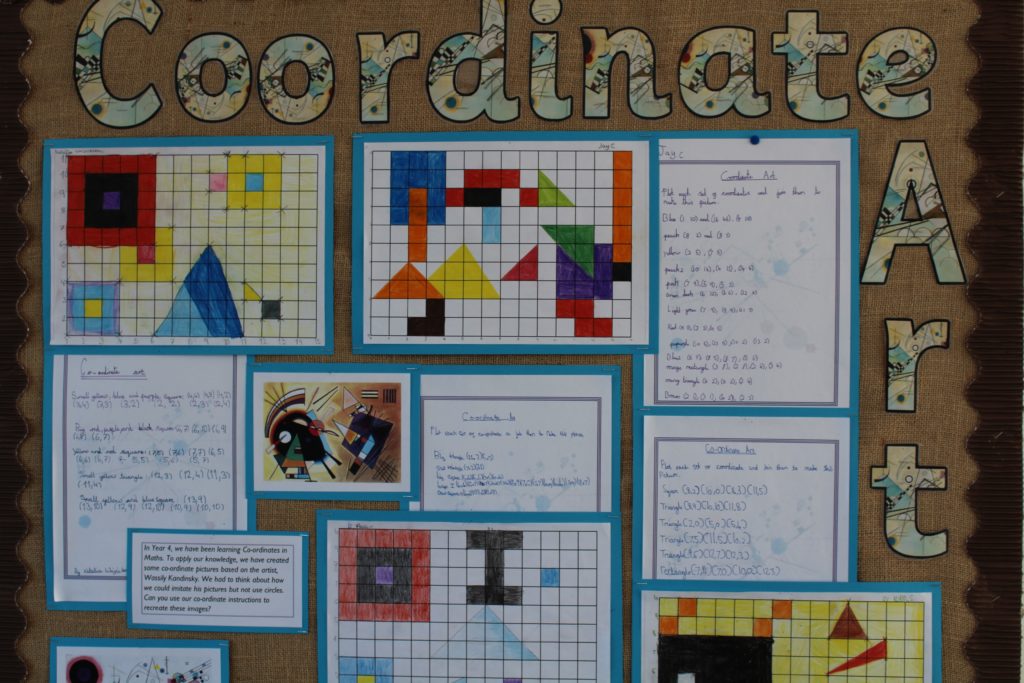ATW Geography

The study of geography is more than just memorising places on a map. It’s about understanding the complexity of our world.’
Barack Obama
Intent
At Atwood we believe in providing a high-quality geography education that will inspire pupils’ excitement, creativity and critical thinking about the world equipping young people to make their own way in it.
Children at Atwood will gain a growing knowledge about the world and understand more deeply the interaction between physical and human processes, and the formation and use of landscapes and environments. They will learn how to communicate geographical information in a variety of ways, including through maps, numerical and quantitative skills and writing at length.
At Atwood, the learning is sequenced and planned through cross-curricular themes to enable children to see ideas and concepts within a context and make links with other subject areas. Children do not see separate subjects in their questioning about the world, so the themes build on where the learners are at. Geography is highly interlinked with History and Science and it is important to build on those links. However, when teachers, teach a geographical idea it is important that they explicitly state that the children are learning geography.
The curriculum content has been chosen to ensure that it is most appropriate for the developmental age of the children. With this in mind, the youngest children learn about their immediate surroundings and as the children’s capacity to take on wider knowledge develops, they study places further afield and in greater depth. The youngest children make simple comparisons, such as, between hot and cold places while older children take on more detailed comparisons including contrasting areas. The curriculum progression enables older children to discuss and evaluate more widely the impact of geographical events on humans and the environment.
Places for study have been chosen to make sensible and productive links with the wider curriculum. For example, Spain is studied as a locality in Year 4 as Spanish is the MFL which children learn at Atwood.
We intend for children to:
- Find out about diverse locations (Britain, Europe, North and South America), people and resources to develop their geographical knowledge, understanding and skills
- Learn about natural and man-made environments
- Understand the Earth’s key physical and human processes
- Know where places are, what they are like, and how they are linked to other places
- Make geographical enquires through fieldwork
- Ask questions about the world around them
- Secure understanding of geographical vocabulary and be able to apply these words in different contexts
- Develop their ability to reach detailed conclusions
- Given different opportunities to explain their findings
- Share well-balanced opinions, which include good knowledge and understanding about current issues in society and the environment
Implementation
We teach geographical skills alongside knowledge objectives to enable children to apply their learning in a variety of contexts. Teachers plan an engaging curriculum that allows pupils to progress by providing opportunities to continually revisit previously studied areas and to build on knowledge and skills. Digimaps, an online interactive mapping tool, is used to support children to develop their map skills.
Teachers will use use a variety of resources such as books, the internet, maps and atlases. When planning, they will include experiences beyond the classroom, including, fieldwork, external educational visits and workshops. We will also activities which encourage collaboration as well as independent learning.
To faciliate deeper learning, Bloom’s Taxonomy will be used to differentiate challenges. By regularly revisiting prior learning and building on previous knowledge and skills, the teachers aim to ensure the children have secure Geographical understanding. The children are introduced and encouraged to use age related geographical vocabulary when talking and writing about geography.
EYFS
Throughout the Early Years, ‘Geography’ learning encourages children to make sense of their physical world and their community through opportunities to explore, observe and find out about people, places, technology and the environment. This is set out in the development bands within Development Matters and early learning goals criteria for Understanding the World: People, Culture and Communities.
Observations and conversations are noted, and questions are explored and answered through teaching and child-initiated learning activities.
In Nursery pupils will:
- Talk about what they see, using a wide vocabulary
- Know that there are different countries in the world and talk about the differences they have experienced or seen in photos.
In Reception pupils will:
- Draw information from a simple map.
- Recognise some similarities and differences between life in this country and life in other countries.
- Recognise some environments that are different from the one in which they live.
ELG: People, Culture and Communities
Children at the expected level of development will:
- Describe their immediate environment using knowledge from observation, discussion, stories, non-fiction texts and maps
- Know some similarities and differences between different religious and cultural communities in this country, drawing on their experiences and what has been read in class
- Explain some similarities and differences between life in this country and life in other countries, drawing on knowledge from stories, non-fiction texts and – when appropriate – maps.
Key stage 1
The main components of study will include:
- Knowledge about the world, the United Kingdom and their locality (Kingswood, Sanderstead)
- Understanding and the application of geographical vocabulary – including words relating to human and physical geography
- Developing geographical skills and field work, including first-hand observations to enhance their knowledge
Key stage 2
The main components of study will include:
- Extending knowledge of the local area to include the United Kingdom, Europe, North and South America
- Developing more of an understanding of a variety of physical and human features
- Building on their geographical knowledge, understanding and skills to improve upon their locational and place knowledge
- Demonstrating a more secure understanding of the geographical vocabulary they use
- Development of field work and enquiry skills so that children can raise their own questions and carry out their investigations.
Impact
At Atwood, children’s progress can be shown through high-order questioning (using Bloom’s Taxonomy), book looks, oral feedback (next steps) and self- and peer- assessment. At the end of the unit, assessment data will be collected and areas to work on will be fed into the next topic.
The children, with the raised geographical profile, will have:
- developed their passion and enthusiasm for the subject.
- gained a better geographical knowledge and understanding of their locality and the wider world.
- applied their knowledge and skills to a variety of contexts, explaining the features, distributions, patterns and changes over time and space.
- recognised the impact of geographical features
- an increased understanding of current issues in society and the environment including the relevance of people’s attitudes, values and beliefs.
- gained confidence in their geographical enquiry, which will enable them to reason and present their findings, independently and in groups, in different ways
- a secure understanding of how to use age-related geographical vocabulary to give detailed explanations, in a variety of contexts.
- built on previous knowledge and skills and created links about people, places, processes and environments
- embedded the necessary knowledge and skills required for their year group, which will not only equip them for the rest of their school life but also for their future lives.
- extended their geographical understanding from the familiar and concrete to the unfamiliar and abstract.















